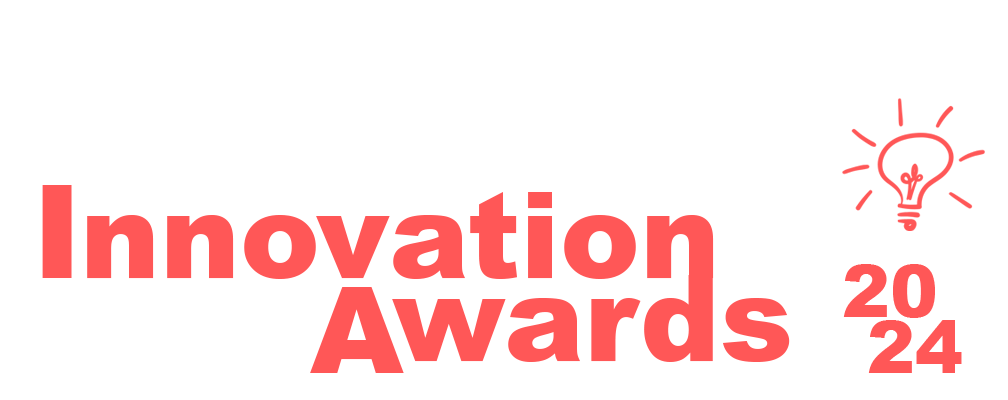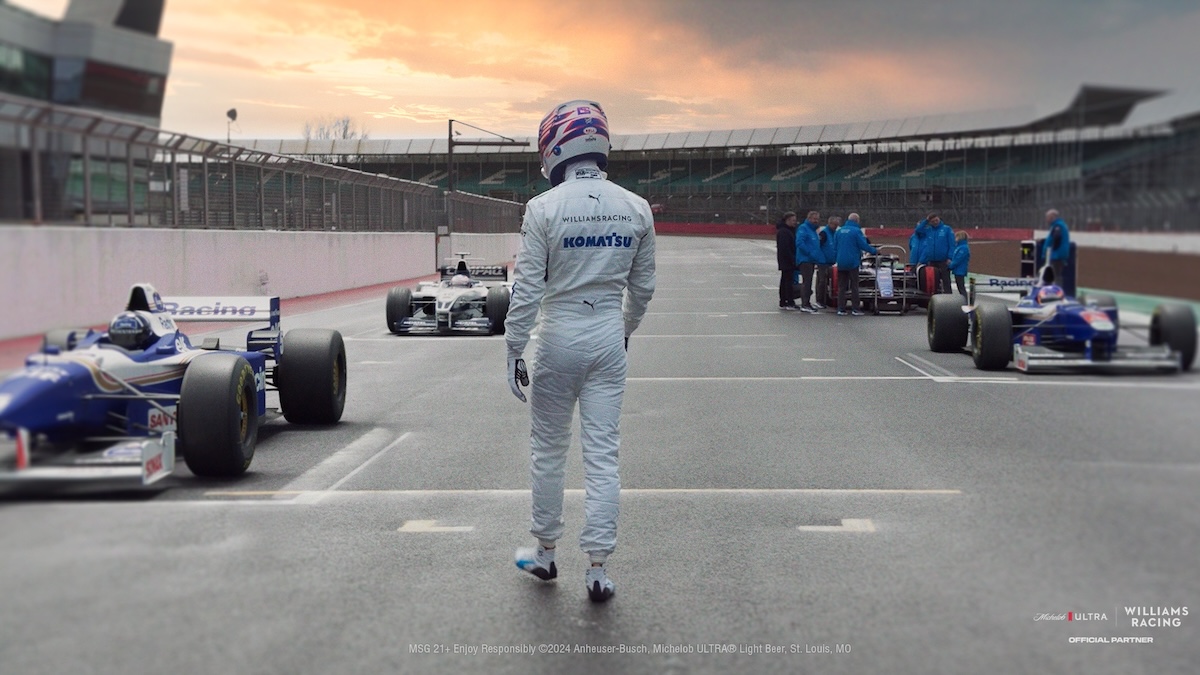
To make Lap of Legends possible, virtual avatars of six legendary drivers were created to compete against one real F1 driver. We analyzed every Grand Prix these legends raced in, learning their moves, studying how they evolved, and delving deep into decades worth of data
analytics, including 720+ races, 1,260 hours, and 45 years of historic Williams race data. To develop these racer profiles, we had to examine every attribute possible so that they would think and drive as they used to. It was the most comprehensive data analysis ever done in Formula 1, with 42.3 million data points.
Then we had to re-create each driver as an AI persona so that we could practice racing with each of them. These AI drivers were engineered not to simply drive pre-set lines. We ensured they would think and react to situations just like the legends they represent, with each racer using adaptive AI to choose between thousands of possible maneuvers.
Given that all these cars were separated by decades of advancements, how could this possibly be a fair race? For Logan’s car, we disabled DRS. For all the cars on the track, real and virtual, we added air restrictors to engines to balance each car’s engine power. For cars from the past, we applied the virtual version of modern-day tire compounds. With the race physics and driver traits set, it was time to find an innovative way to visualize these virtual racers.
We developed an AR helmet system that integrated into a standard F1 helmet, adhering to FIA standards. This allowed Logan to see right through the helmet to the virtual cars on the real track. This helmet acts as a window into a virtual world where we match the virtual space with the physical space. We had to develop an augmented reality system that didn’t just display one data point or a few words but live renderings of six cars at 200 mph. This allowed Logan to see cars that weren’t physically there while he drove alone, without compromising safety.
To make the AR work, we needed to achieve very low latency. To make it happen in real time, we aimed for at least 120 FPS to make sure everything moved as quickly as possible, so that inside the helmet, the driver would feel like he’s driving against the legends.
Another crucial element is the helmet’s ability to track a physical car at speed. Precision is everything in racing, and while a typical GPS system might have an accuracy of a meter or two—which is the width of a car—we needed centimeter-level precision. If cars are moving 100 feet per second, we had to keep up with that.
We installed race-grade GPS on the car, with multi-constellation high accuracy down to the centimeter. This accuracy is achieved through the use of a GPS satellite array to determine the car’s position with extreme accuracy and precise timing. This signal is then sent from the car via a bespoke 5G onboard device that sends out data 100 times per second back to a receiver in the pits. This ensures we know exactly where the vehicle is on track no matter how fast it is moving. Using this approach, we could also ensure zero drift over the 4-mile length of the circuit. With an accelerometer on the car and another in the helmet, Logan can see precisely where the virtual cars are around him, no matter which way he looks.
It was a first for all of us to see that data live from a car at high speed and high accuracy anywhere around the Silverstone track. Viewers could see the race, thanks to an AR camera technology that integrated with our 18 broadcast cameras. Using a shared digital double of the Silverstone track and the virtual legend cars on it, the viewer could also see Logan’s POV from inside his helmet.
When you think of AR and VR, you often imagine someone in a living room. What’s new, different, and innovative today is this new ability to use it at high speed and across long distances. This could be groundbreaking, not just for racing and entertainment, but also for search and rescue, medical emergencies, disaster response, and humanitarian efforts.
Partners
- Michelob ULTRA
- FCB New York


